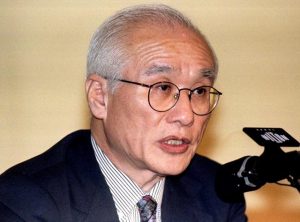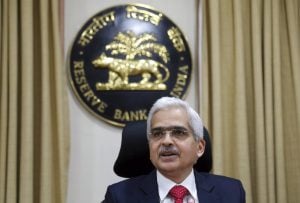Call for caution: Why the full impact of coronavirus is not yet known
Summary
With the nCoV-2019 infecting more people outside China, India is gearing up to facing the challenges posed by the disease.
As the head of the World Health Organisation says that the window of opportunity to contain the coronavirus is narrowing, the three people in Kerala who were infected with the nCoV-2019 have been declared virus-free. While the state of Kerala has displayed successful public health measures in early detection and containment of the virus, the spread of the virus has meant that the Indian government should actively look to mitigation strategies to prep for a global pandemic. Outside India, eight Indian nationals aboard the cruise ship the Diamond Princess and one in the Middle East have been diagnosed with the coronavirus. While this is a miniscule number, worries about the rise of non-transmissible cases as is the problem with Iran, Italy and South Korea show that India is not immune from a public health crisis as these countries are now facing. Indeed, as cases surfaced in Nepal and Sri Lanka over the last month, India should note that the public health systems across South Asia are ill-equipped to deal with a large-scale outbreak as we are now witnessing in East Asia.
As this column has discussed in earlier weeks, misinformation about the epidemic is rife. Last week, a man in Andhra Pradesh killed himself after believing that his symptoms betrayed the disease – a conclusion he reached by watching Youtube videos. While misinformation and mediation about the spread of the disease are important, the debate in India is now also taking cognisance of the economic impact that the nCoV-2019 could have not only on the global economy but also for India. One particular sector that will be impacted is the pharmaceutical industry. As Reuters points out, “An important supplier of generic drugs to the world, Indian companies procure almost 70 percent of the active pharmaceutical ingredients (APIs) for their medicines from China.” If the shutdown continues, sectors including automobiles, consumer durables and agrichemicals that depend on China for components will be forced to shut down owing to the shortages.
Another report from the Hindustan Times points out that exports to China such as human hair, crabs and cumin seeds have seen a nosedive. Similarly other reports posit that the diamond industry could also face huge loses if the situation does not improve. However, all of these reports seem to be searching for strands that support the hypothesis that the Indian economy will be affected by the coronavirus. Because of the lack of information regarding the situation in China, it is difficult to ascertain a time frame during which the economy will be affected.
Furthermore, our trade deficit with China means that we export to them far less than we import from them. 2019 figures show that Indian exports to China are around $16 billion while imports from China are around $68 billion. Therefore, in a short term, while the prices of electronics and automobiles could get more expensive, it may result in India substituting some of these imports with the same from other countries. Other experts have even made the argument that some manufacturing in China can be shifted to India for business continuity to cushion the short-term shock. However, this approach will not prove fruitful for India’s interests unless our domestic policies can prove friendly enough for foreign businesses that need an alternative over countries in South or South-East Asia.
While combating the coronavirus, there are so many variables that we simply do not know. The numbers of infected people within China are estimated to be much higher than the official estimates. The rise of cases outside the country shows that we still do not know the nature of what we are dealing with. So, I would urge caution before estimating medium- or long-term impacts to the economy.
Hamsini Hariharan is the host of the States of Anarchy podcast and is currently based in Beijing.

Elon Musk forms several ‘X Holdings’ companies to fund potential Twitter buyout
3 Mins Read
Thursday’s filing dispelled some doubts, though Musk still has work to do. He and his advisers will spend the coming days vetting potential investors for the equity portion of his offer, according to people familiar with the matter









 Listen to the Article
Listen to the Article  Daily Newsletter
Daily Newsletter
















 The report, conducted by University of California San Diego professor Tom Wong and researcher Nura Sedique, used micro-level data from the US Census American Community Survey, which provides five-year population projections, as well as the
The report, conducted by University of California San Diego professor Tom Wong and researcher Nura Sedique, used micro-level data from the US Census American Community Survey, which provides five-year population projections, as well as the 





